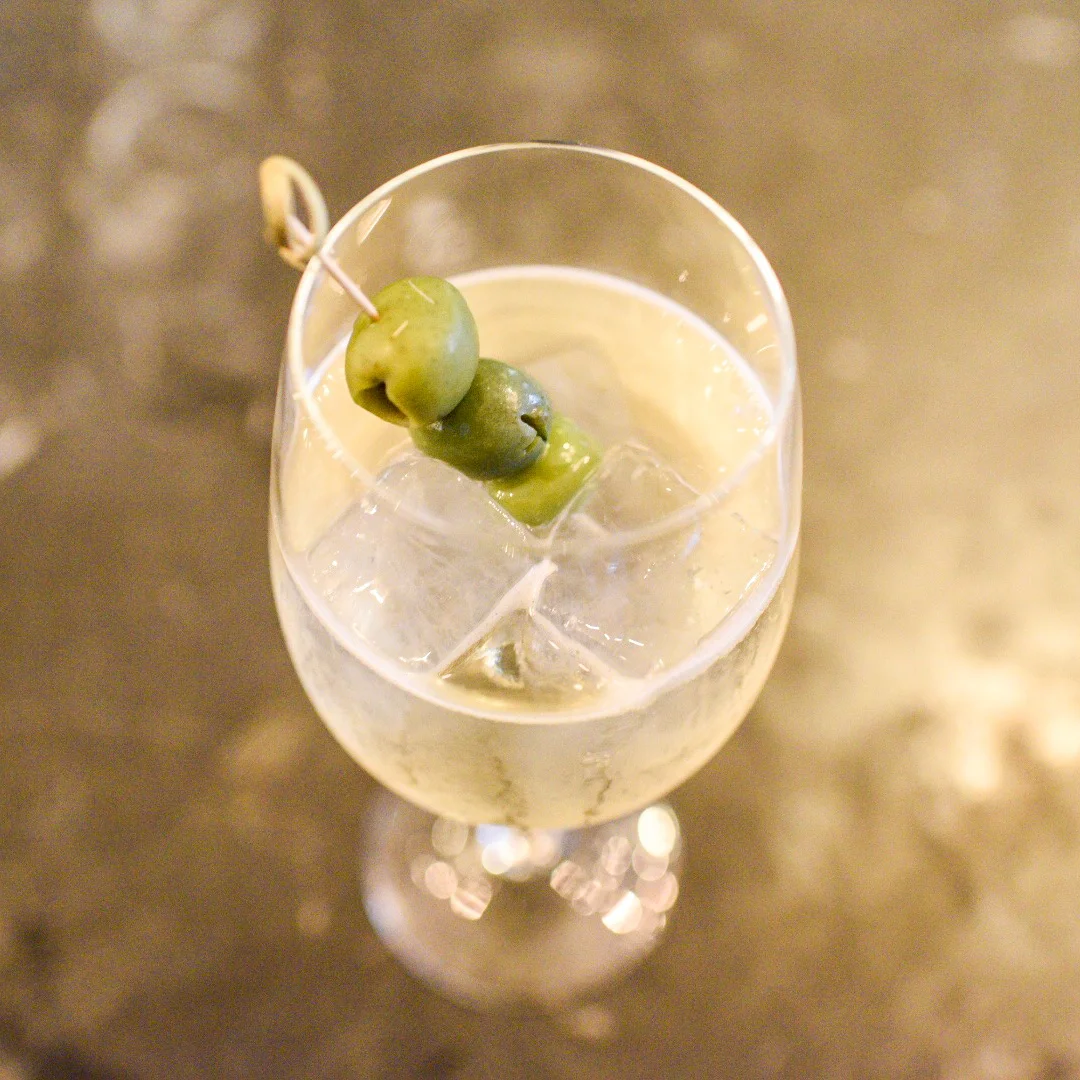From Kitsch to Cool
"There’s just no other drinking genre or even a spirit that’s associated with an entire lifestyle that involves original music, art, clothing and architecture.”
- Barman Martin Cate of Smuggler’s Cove in San Francisco
Tiki culture has become relevant again and not in a hipsters drinking ironically kind of way. It has made its way back into the collective cocktail consciousness and gone from kitsch to cool, colliding with the craft cocktail movement. “There are so few original tiki bars left that it feels like a very fresh concept now,” says Martin Cate, the owner of one of the current tiki meccas, a bar in San Francisco called Smuggler’s Cove. “I think for a lot of people who have come of age in modern contemporary restaurants where everything is reclaimed wood and Edison bulbs, it all starts to look the same. They have really large display windows and don’t really take you out of the world.”
At his tiki bar oasis, Hale Pele in Portland, OR, barman Blair Reynolds’ mission is to take you on a mini-vacation. The decor features Kon Tiki poles, cannibals on the back bar and lots of bamboo. “The second you enter you go across a bridge over a pond and it’s a paradise in a place away from the normal world. You can sip a Mai Tai in an industrial warehouse listening to German techno, but I don’t really think it’s going to give you the same experience as sitting in a tiki bar with Martin Denny playing in the background and a bunch of people wearing tropical shirts.”
Tiki has had a long history, starting in 1934 with Don the Beachcomber in Los Angeles and cresting the first wave in the 1950s. “There was a lot of nostalgia for the GIs coming back from the South Pacific,” says Cate. “America was absolutely gaga over all things Polynesian.”
But by the 1970s, America’s love affair had begun to fade and tiki had become tacky. “It’s hard to say that there was one main factor,” explains Reynolds, “it was essentially a counter culture that came in. Why go visit a fancy restaurant wearing a suit and tie in paradise when you could just drop acid and listen to some Grateful Dead.”
In the early 1990s, tiki found a new audience. “What happened after this whole thing seems to have disappeared is that people start going to thrift stores and finding tiki mugs.” Cate says they started researching the names written on the mugs which led them down the path of discovery. “This is basically what we call urban archeology. We uncovered a forgotten obsession with American-Polynesian culture.”
“One of the things that’s beautiful about tiki is it’s touching the past, but mostly it is this fantasy culture for people to escape to.”
Photograph Courtesy of Three Dots and a Dash
This launched the tiki version of trekkies -- people who became part of a subculture collecting tiki mugs, wearing Hawaiian shirts and attending conventions where like-minded devotees gathered for all things tropical. But while the second wave was rising, the drinks didn’t hit the same watermark. “For years tiki enthusiasts would say, ‘I love that place. It’s really a classic, but the drinks are terrible.’ You just sort of sucked it up because you wanted to enjoy the atmosphere.”
Things have finally aligned for true tiki enthusiasts in the current third wave where skilled bartenders are squeezing fresh juices for these complex, multi-ingredient drinks like the Zombie, a cocktail recipe that requires a few different juices and at least three different rums. Rums are also enjoying a heyday and tiki bars are great for extensive choices. Hale Pele’s list is nearing 270 rums and Smuggler’s Cove boasts over 400 rotating rums.
“What makes this concept so special is that there is a real culture,” says Cate. “There’s no real vodka culture. People aren’t going to vodka conventions or dressing up as their favorite vodka characters. It doesn’t really make any sense.” For Reynolds, it’s a recipe that is equal parts history stirred with imagination. “One of the things that’s beautiful about tiki is its touching of the past. But mostly it’s this fantasy culture for people to escape to.”
More Cocktail Features











